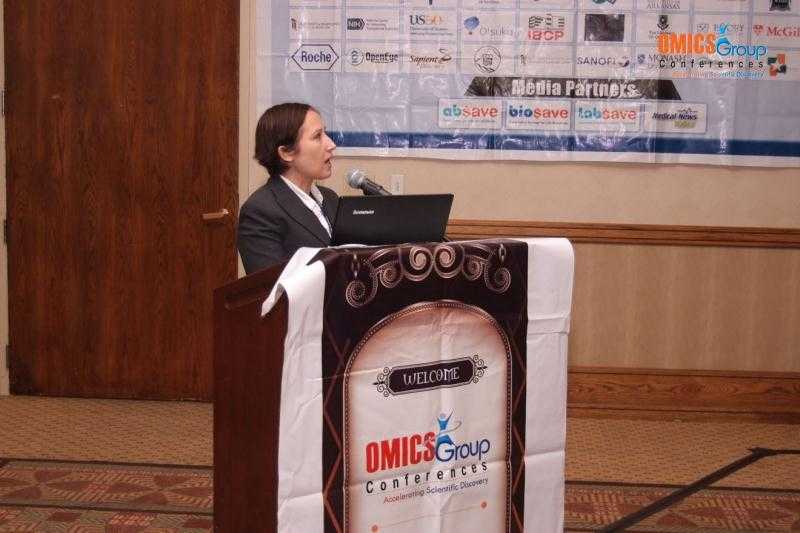Tulay Aygan Atesin
Assistant ProfessorDepartment of Chemistry
The University of Texas-Pan American, USA
Phone: 956-665-2854
Fax: 956-665-5006
The University of Texas-Pan American, USA
Organic reaction mechanisms, computational chemistry, and inorganic and bioinorganic chemistry
https://www.researchgate.net/profile/Tuelay_Atesin
https://www.facebook.com/tulay.atesin

Dr. Tulay A. Atesin received her Ph. D. in 2007 from the University of Rochester under the supervision of Professor William D. Jones working on the mechanisms of strong bond activation reactions.

Tulay Aygan Atesin
04/2003 - 08/2004, PhD 2007 w/ Prof. William D. Jones, University of Rochester, Lecturer, University of Wisconsin-Whitewater, Whitewater, WI
04/2003 - 08/2004, PhD 2007 w/ Prof. William D. Jones, University of Rochester, Lecturer, University of Wisconsin-Whitewater, Whitewater, WI
She worked on Nazarov cyclization with Professor Alison J. Frontier during her M. S.
She was a postdoctoral research associate with Professors Shannon S. Stahl, Charles P. Casey and Clark R. Landis at the University of Wisconsin-Madison from 2007 to 2009.
In 2009, she moved to Northwestern University to work with Professors Thomas J. Meade and Mark A. Ratner. She is currently a postdoctoral research associate with Professors SonBinh T. Nguyen and Joseph T. Hupp, working on the synthesis and characterization of novel coordination polymers and metal organic frameworks.
She is a member of the American Chemical Society and serves as reviewer for JACS. She received a 2008 Young Investigator Award from the ACS Division of Inorganic Chemistry.

2nd International Conference on Medicinal Chemistry & Computer Aided Drug Designing October 15-17, 2013 Hampton Inn Tropicana, Las Vegas, USA
Metal complexes have long been known for their therapeutic effects against diseases such as hypertension, arthritis, cancer and hypercalcemia. Their mechanism of action, however, is not always entirely understood. The potential for metals to contribute more widely in the treatment and control of diseases has increased research efforts to develop novel metal-based drugs. Basic research on coordination complexes and enzyme active sites can lead to rational design of new drugs, and we use this approach to find metal complexes that bind tightly and selectively to specific amino-acid residues known to play critical roles in target enzymes and proteins. We then improve the molecular targeting based on detailed understanding of the interactions between metal complexes and amino acid residues. The structural diversity of metal complexes, their rich geometric possibilities together with the possibility of secondary interactions with the pendant groups make them attractive drug candidates. The activity and selectivity towards amino acid residues are determined by studying the kinetics and thermodynamics of the reaction. Computational modeling is used to predict the relative stability of interactions between the metals with different amino acid residues and these predictions will be further tested experimentally

/////////




No comments:
Post a Comment